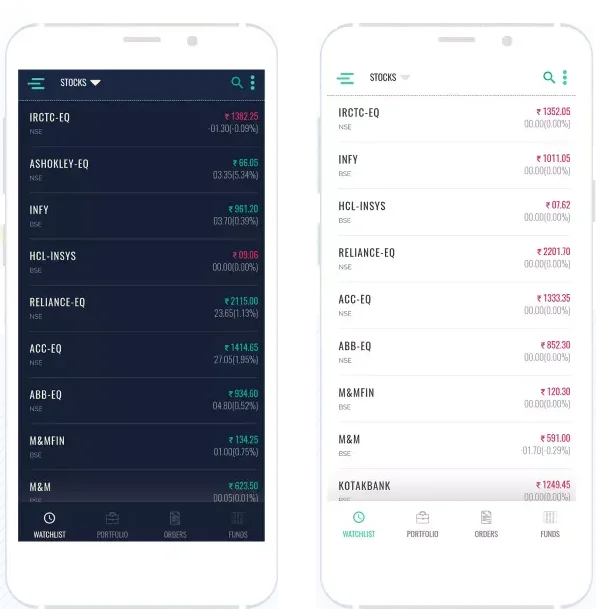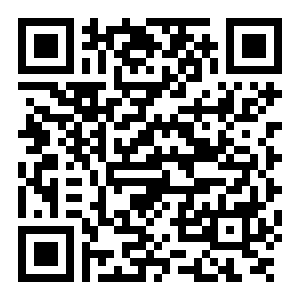How can Bracket order help you strategise your investment decision?
Sep 27 2022 3 Min Read

Introduction
As a trader, one is highly unlikely to miss the term bracket order.
It is designed to ease trading for the traders in this volatile market.
But, what is bracket order?
A bracket order is a unique form of order that allows the user to execute an intra-day position and benefit from further exposure while being safeguarded by a stop loss and profit target (profit booking) order.
The system is designed to execute three orders simultaneously:
- A limit order (1st leg of the process)
- A corresponding stop loss market order that will only be triggered at the specified stop loss trigger price (2nd leg of the process).
- And a profit objective limit order will only be triggered at the specified profit objective price (3rd leg of the process).
If the stop loss trigger price is hit, the stop-loss order is executed as a market order, and the third leg (the objective profit order) is automatically cancelled.
In the same way, if the profit objective trigger price is met, the stop loss is automatically cancelled.
A bracket order is a combination of all three of these orders placed at the same time.
Bracket orders allow you to restrict any possible losses on a position while also allowing you to book profits at the price you specify.
Example of Bracket Order
To better comprehend the concept, let us consider the following bracket order example:
Assume that an investor issues a limit order to purchase a company’s stock for Rs 100 per share.
This is accompanied by a stop-loss order of Rs 92 and a goal order of Rs 105 per share.
The investor’s primary position of Rs 100 is bracketed by a higher-priced and lower-priced limit order, as seen above.
Now, you can only place one of the two limit orders. There can be many scenarios for this situation. So, let us dissect each of them one by one. The scenarios are as follows:
Scenario 1:
If the stock price increases to Rs 105 after the investor makes a limit order for Rs 100, the target order will be automatically placed, and the stop-loss order will be cancelled.
Scenario 2:
If the stock price falls below the investor’s stop-loss level, it will be followed by the cancellation of the target order because it would be executed at Rs 95 a share.
Scenario 3:
Because a bracket order is typically a limit order in the stock market, there is a probability that the main order will not be placed as well.
The main order, in this case, was a Rs 100 limit buy order. The investor would not be allowed to buy the stock in the first place if the price does not exceed Rs 100.
Regardless, if an order is not made in any of the three scenarios, the broker will cancel the bracket order at the end of the trading day.
For this reason, bracket orders cannot be carried over to the next trading session.
Interpretation
To summarise, a bracket order is made up of three orders in the stock market.
1) The main order: It books a trader’s position.
2) A target order: Some refer to this as a profit booking order.
3) A stop-loss order.
Benefits of a Bracket Order
The first advantage of a bracket order is that it allows traders to place three orders simultaneously. It is helpful for intraday traders who need to close down a profitable position in less than 6 hours.
Some brokers additionally offer a trailing stop-loss option, which allows the stop-loss level to be modified in real-time based on how and in which direction the current market price is changing.
Because of the way bracket orders work, they may be able to assist intraday traders in reducing risk.
With the target order in place, traders will be able to book a profitable position, or with the stop-loss order in place, they will be able to limit losses to some level.
How is Bracket Order different from Cover Order?
The various differences between Bracket Order and Cover Order are as follows:
| Serial No. | Basis Of Difference | Bracket Order | Cover Order |
| 1. | Meaning | An initial order, a stop-loss order, and a target order are all part of a three-legged order. | A two-legged order with an initial order and a stop-loss requirement. |
| 2. | Significance | Make a profit and loss forecast. | Reducing the risk |
| 3. | Squaring off the order | If the original order is not filled, the broker cancels the entire bracket order, which is not carried over to the next day. | The broker squares the position if the stop loss is not triggered, resulting in lesser capital losses. |
Conclusion
Such order types should only be attempted by those who thoroughly understand how the stock market works and the ins and outs of intraday trading.
If stock market players are not familiar with the peculiarities of intraday trading, it might be not easy to square off a lucrative session inside the same trading day.
So, study, investigate, and become a knowledgeable investor.
Frequently Asked Questions
Bracket orders are a sort of market order that can only be used for intraday trading. A purchase order is combined with a stop-loss and target order in these orders.
Bracket orders are designed to assist stock market traders in securing a profitable position at the conclusion of the trading day.
The stop-loss order can be changed within the specified price range, and the margin will be adjusted after the order has been changed.
Only at the market price can the trader exit the bracket order.
If the trader wants to get out of the bracket order, he needs to reverse his position at the market price.
When you exit the bracket orders, the other two orders, the stop loss and exit orders, are automatically cancelled.
CNC is cash and carry order. Converting the Bracket Order (BO) to CNC is impossible. Bracket orders are an advanced order type that is only used for intraday trading.
The bracket order must be squared off the same day, whereas the CNC order is set up to accept stock delivery.

